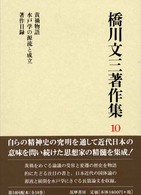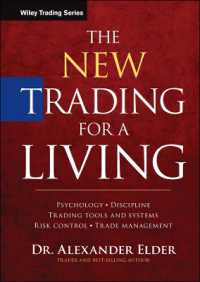Full Description
Opioid treatment for chronic pain has been popularized over the past few decades, and opioid usage has increased several-fold. Opioid treatment of chronic pain increased for several reasons: a sense that chronic pain had previously been undertreated; strong underwriting of medical education by drug companies anxious to sell new "designer" opioids; lifting of the stigma associated opioids, particularly as pain advocacy reestablished opioids as necessary and appropriate treatment for acute and cancer pain. What has emerged is that there are several limitations to chronic opioid treatment. What has become clear in this unfortunate history is that non-specialists were persuaded to prescribe opioids before they could possibly understand the complexity of the treatment. So great were the pressures to prescribe, from drug companies, advocates, and many well-meaning people who saw opioids as the panacea for suffering, opioids were prescribed indiscriminately. It became almost impossible to deny opioids without seeming inhumane. What we learned though, is that while carefully selected and managed opioid therapy can benefit certain patients, casual use fails in several respects. What is needed then is a vast educational effort to help clinicians understand some of the complexities of opioid therapy, and in particular, how to select patients, and subsequently manage and monitor so as to achieve continued efficacy without losing control of pain and drug use. While no one educational effort can solve the whole problem, this book aims to provide clinicians with expert opinion on how to manage certain common scenarios involving opioid management of chronic pain. It will provide the reader not only with an easy reference to the management of common clinical scenarios where opioids are involved, but also with in depth analysis of the difficult issues surrounding a treatment that is both uniquely effective and potentially harmful.
Contents
1. Pain without a Pathoanatomic Diagnosis ; Catherine F. Stannard ; 2. Opioid Therapy of Chronic Pain in Persons with known Substance Use Disorder ; Seddon R. Savage and Julie Franklin Sorensen ; 3. Screening before Embarking: How to Screen for Addiction Risk in Opioid Prescribing ; Robert N. Jamison, Edward Michna, and Juliana Serraillier ; 4. Functional Pain Syndromes ; Claudia Sommer and Nurcan Uceyler ; 5. Chronic Opioid Therapy in Childhood and Adolescence ; Stephen C. Brown, Lisa Isaac, Patricia A. McGrath, and Jennifer Tyrrell ; 6. Debilitating Pain ; Eija Kalso ; 7. Chronic Cancer Pain ; Shane Brogan and Perry G. Fine ; 8. Pain After Trauma (including PTSD) ; William C. Becker and Robert D. Kerns ; 9. Opioid Therapy in Chronic Painful Disease ; Daniel Krashin and Andrea M. Trescot ; 10. United States Workers Compensation and Disability ; James P. Robinson ; 11. Using Measurement-based Tools to Improve Pain Care ; David Tauben ; 12. Not a Suitable Candidate: Saying No ; Jane Ballantyne








